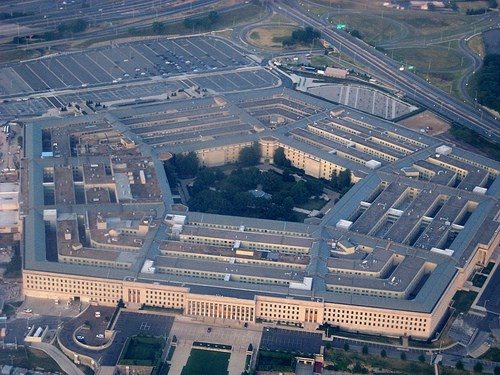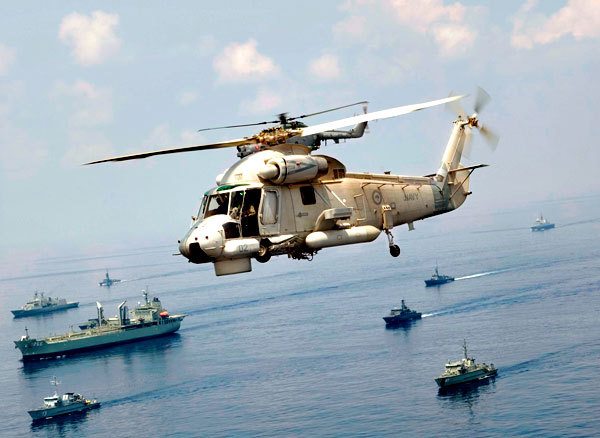The Air Force told Congress yesterday the budget sequester will lead to a marked decrease in force readiness by October, including reduced flying hours and unit stand-downs which will in turn lead to long-term degradation of combat readiness.
In a joint statement submitted to the committee, Lt. Gen. Burton M. Field, the Air Force’s deputy chief of staff for operations, plans and requirements, and Lt. Gen. Charles R. Davis, military deputy in the office of the assistant secretary of the Air Force for acquisition, both told the House Armed Services Committee about coming shortfalls caused by the across-the-board spending cuts that took effect in March.
The fiscal environment will necessitate standing down 13 fighter and bomber squadrons in fiscal year 2013, which ends Sept. 30, the generals said. “Multiple investment programs will be negatively impacted, resulting in unit cost increases, terminations and schedule delays,” they added.
The budget request for fiscal 2014, they said, “does not enable full recovery of warfighting capability, capacity and readiness” without additional resources.
The Air Force fighter fleet is 20 years old on average — the oldest in the history of the force — and increasing numbers of aircraft are being retired, the generals told the committee. Though the F-35 Lightning II joint strike fighter is one platform through which the fleet is being modernized, “without service life extensions and capability upgrades [for other fighter jets], it will not be possible to manage risk,” they said.
In addition, Field and Davis said, the Air Force is 200 fighter pilots short of manning requirements and that shortage is expected to grow. “The Air Force is prioritizing available manpower at significant risk to institutional requirements,” they added.
The generals also echoed the Defense Department’s request for another round of base realignments and closings to bring long-term costs down by reducing excess military infrastructure in the United States.
In joint prepared testimony, senior aviation and acquisition officers from the Navy and the Marine Corps also outlined the range of high-profile aviation programs contained in their fiscal 2014 budget request.
Vice Adm. W. Mark Skinner, a senior Navy acquisitions officer; Lt. Gen. Robert E. Schmidle Jr., Marine Corps deputy commandant for aviation; and Rear Adm. William Moran, director of Navy air warfare, said the overall development of the F-35 is “adequately resourced” and that the Navy and the Marine Corps remain fully committed to both the F-35B and F-35C variants.
They expressed confidence in the V-22 Osprey, the tilt-rotor aircraft that takes off like a helicopter and flies like a plane.
The V-22 continues to perform extremely well in the field and in production, said the officers, noting that the Osprey proved itself during the rescue of a downed American pilot during air operations over Libya two years ago.
Twenty minutes from the time he was evading capture in hostile territory, they said, the rescued pilot was safely back on American territory aboard the USS Kearsarge.











